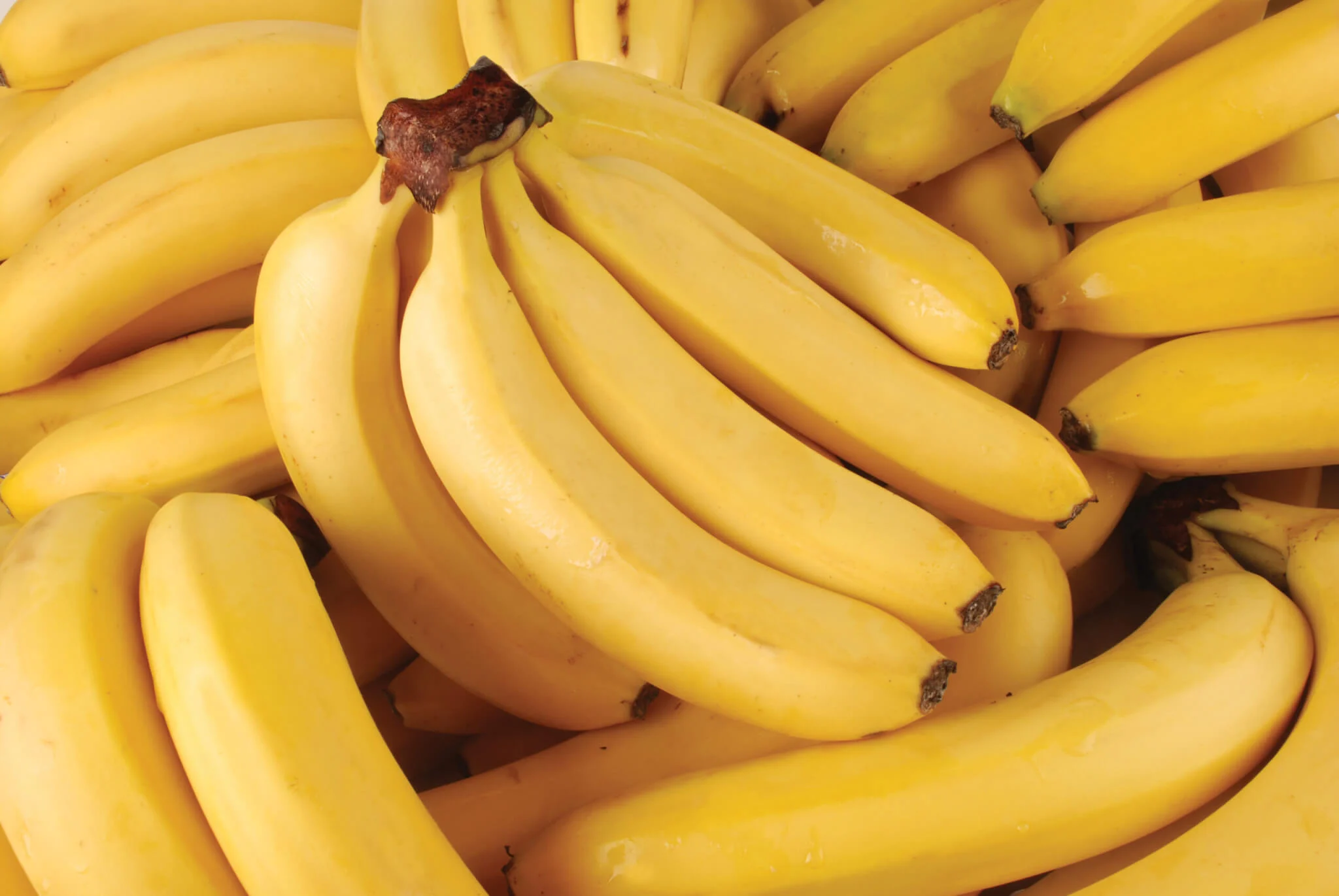Guava Fruit Facts,FAQs, Behaviour, Habitat, Conservation and more

Guava Fruit Facts | Description | Distribution and Habitat | Botany and evolution | Cultivation | Uses | Cultural | Interesting facts | frequently asked questions about Guava Fruit
Fruit Guava is a tropical fruit known for its unique flavor and aroma. It has a green skin and a pink or white pulp with tiny seeds. The fruit is not only delicious but also packed with essential nutrients like vitamin C, dietary fiber, and antioxidants. Guava is a popular fruit among health enthusiasts and foodies alike, and its versatility makes it a great addition to a variety of recipes.
Taxonomy of Guava Fruit
| Kingdom | Clade | Clade | Clade | Order | Family | Genus | Species |
|---|---|---|---|---|---|---|---|
| Plantae | Tracheophytes | Angiosperms | Eudicots | Myrtales | Myrtaceae | Psidium | P. guajava |
Morphology of Guava Fruit
| Aspect | Description |
|---|---|
| Fruit shape | Round, oval or pear-shaped |
| Fruit size | 4-12 cm in length |
| Fruit color | Green when unripe, yellow, or light green when ripe |
| Skin texture | Thin, smooth, and glossy |
| Pulp texture | Soft, juicy, and grainy |
| Seed color | White or pale yellow |
| Seed texture | Hard, numerous, and small |

Description of Guava Fruit
Guava is a tropical fruit with a sweet and tangy taste. The fruit has a green skin that turns yellow or light green when ripe. The flesh of the fruit is pink or white and contains numerous small seeds. The texture of the fruit is soft, juicy, and grainy, making it a popular ingredient in fruit salads, smoothies, and jams. Guava is also rich in essential nutrients like vitamin C, dietary fiber, and antioxidants, making it a healthy addition to your diet.
Distribution and habitat of Guava Fruit
Guava is native to Central and South America, but it is now widely grown in tropical and subtropical regions around the world, including Asia, Africa, and the Caribbean. The fruit thrives in warm and humid climates, and it is commonly found in tropical rainforests and lowland areas. Guava is a hardy plant that can tolerate a wide range of soil conditions, but it prefers well-drained soils with a pH of 4.5 to 7.5. The fruit is typically harvested in the summer and fall months, and it is exported to markets around the world.
Botany and evolution of Guava Fruit
Guava belongs to the Myrtaceae family and the Psidium genus, which includes around 100 species of shrubs and small trees. The exact origin of guava is unclear, but it is believed to have originated in Central and South America. Guava plants have simple, elliptical leaves, and the fruit grows on the branches and trunk of the tree. The flowers of the guava tree are white and have numerous stamens. The fruit of the guava is a berry that has a tough outer rind and a fleshy inner pulp. Guava is thought to have evolved around 65 million years ago, around the same time as other tropical fruits like mango and papaya.
Cultivation of Guava Fruit
Guava is a tropical fruit that is grown commercially in many countries around the world, including India, Brazil, and Mexico. The fruit is typically grown in warm and humid climates, and it thrives in well-drained soils with a pH of 4.5 to 7.5. Guava trees can grow up to 30 feet tall and require full sunlight to produce fruit. The trees are usually propagated from cuttings, and they can begin producing fruit within 2-4 years. Guava is a hardy plant that can tolerate drought, pests, and diseases, making it a popular choice for small-scale farmers and backyard gardeners.
Uses of Guava Fruit
Guava is a versatile fruit that can be used in a variety of ways. The fruit is commonly eaten fresh, and it can also be used to make jams, jellies, and preserves. Guava is a popular ingredient in smoothies and fruit salads, and it can also be used to make baked goods like cakes and pastries. Guava leaves and roots are used in traditional medicine to treat a variety of ailments, including diarrhea, fever, and respiratory infections. Guava is also used in the cosmetic industry to make skincare products like lotions and soaps.
Cultural and Historical Significance of Guava Fruit
Guava has a long history of cultural and historical significance in many countries around the world. In many Latin American countries, guava is a symbol of fertility and abundance, and it is commonly used in traditional celebrations like weddings and quinceañeras. Guava is also an important fruit in Indian culture, where it is used in traditional medicine and cooking. In the Caribbean, guava is used to make a popular drink called guava juice, and it is also used in traditional medicine to treat a variety of ailments.
Explanatory Notes for Guava Fruit
Guava is a tropical fruit that is known for its sweet and tangy taste and unique aroma. The fruit is rich in essential nutrients like vitamin C, dietary fiber, and antioxidants, making it a healthy addition to your diet. Guava is a hardy plant that is easy to grow and can be cultivated in many different climates. The fruit is commonly used in cooking, baking, and traditional medicine, and it has a long history of cultural and historical significance in many countries around the world.
Interesting facts about Guava Fruit
- Guava is believed to have originated in Central and South America around 65 million years ago.
- Guava is a rich source of vitamin C, with one guava containing more than four times the daily recommended intake.
- The leaves of the guava tree have antibacterial properties and are commonly used in traditional medicine.
- Guava is a low-calorie fruit, with one guava containing only around 60 calories.
- Guava is a popular fruit in many tropical countries, and it is often used in traditional celebrations and festivals.
- Guava seeds are edible and are often used in smoothies and other recipes.
- Guava is a hardy plant that is easy to grow and can be cultivated in many different climates.
- Guava is an excellent source of dietary fiber, with one guava containing around 9% of the daily recommended intake.
- The fruit has a distinctive aroma and flavor that is described as sweet and tangy.
- Guava is used in a variety of products, including jams, jellies, and skincare products.
General queries or frequently asked questions about Guava Fruit
1. Is guava good for you?
Yes, guava is an excellent source of essential nutrients like vitamin C, dietary fiber, and antioxidants, making it a healthy addition to your diet.
2. How do you eat guava?
Guava can be eaten fresh, and the fruit can be sliced and eaten like an apple. The seeds are also edible and can be eaten along with the fruit. Guava is also commonly used in cooking and baking.
3. Can you eat the skin of guava?
Yes, the skin of the guava is edible, but it is often tough and bitter, so it is not commonly eaten.
4. How do you grow guava?
Guava is a hardy plant that is easy to grow and can be cultivated in many different climates. The trees should be planted in well-drained soil and require full sunlight to produce fruit.
5. What are the health benefits of guava?
Guava is a rich source of essential nutrients like vitamin C, dietary fiber, and antioxidants, which can help improve digestion, boost the immune system, and promote healthy skin.
Conclusion
Guava is a versatile and nutritious fruit that has a long history of cultural and historical significance in many countries around the world. The fruit is easy to grow and can be cultivated in many different climates, making it a popular choice for small-scale farmers and backyard gardeners. Guava is commonly eaten fresh, and it can also be used in a variety of recipes, including jams, jellies, and baked goods. The fruit has many health benefits and is a rich source of essential nutrients like vitamin C and dietary fiber. With its sweet and tangy flavor and unique aroma, guava is a delicious and healthy addition to any diet.












